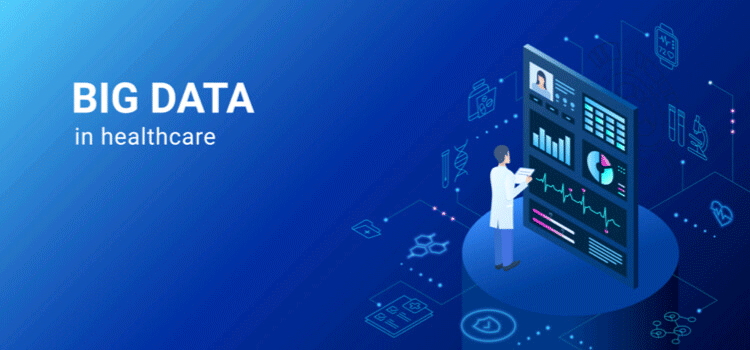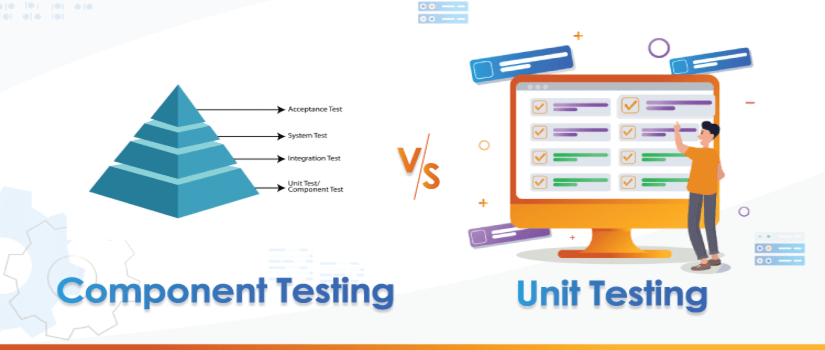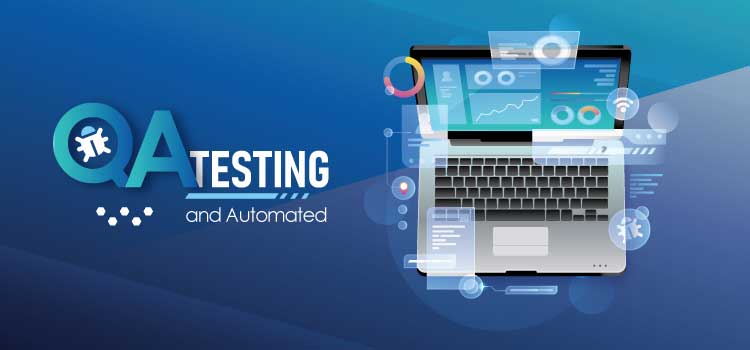Healthcare Big data is simply a substantial amount of information with the unlimited potential of doing wonders.
In general, the term ‘big data’ refers to significantly large sets of data that are not manageable by using traditional software or tools. It surpasses the traditionally used storage capacity, usual processing, and analytical power.
Doug Laney leads the data & analytics consulting practice at Caserta where he helps clients generate greater value from their information assets. Doug originated the concept of Infonomics and is the best-selling author of "Infonomics: How to Monetize, Manage, and Measure Information as an Asset for Competitive Advantage."
According to Doug Laney 3Vs (volume, variety, and velocity), there are three defining properties or dimensions of big data. Volume refers to the amount of data, variety refers to the number of types of data and velocity refers to the speed of data processing. These 3Vs define Big Data and the same gets applicable to the healthcare big data.
Different sources contribute to healthcare big data which are as follows;
• Payer records
• Smartphones
• Wearable devices
• Search Engines Data
• Public Records
• Electronic Health Records (EHRs)
• Research Studies
• Patient Portals
• Government Agencies
All these sources contribute to different data formats. This makes it complicated to not only save healthcare data into conventional databases but also its processing becomes difficult to handle. In order to draw meaningful insights from this healthcare big data, proper management and analysis are needed.
Healthcare industry data is way too large for traditional processing. Healthcare Technology big data is processed by machine learning algorithms and data scientists. The sources that generate healthcare big data are too many, which makes big data highly variable in nature. Traditional databases and data processing techniques are not enough to handle healthcare big data. Advanced technologies have made it possible to cover Healthcare Big data into a useful piece of information. Appropriate infrastructure is needed to systematically generate big data and advanced tools which are high-end computing solutions are must to systematically analyze the healthcare big data.
This systematic way of data generation and analysis can open new windows for the healthcare sector.
Healthcare data is required to be stored in the file format for efficient analysis.
Challenge of implementing high-end computing tools, protocols, and high specs hardware. A lot of resources are required to not only process but store this data and then running AI or ML tools on the top being run by AI experts, would convert the data into meaningful information. Once the data is presented in a systematic format for better understanding visualization tools are needed to gain meaningful insights from the graphical storytelling.
Advanced Algorithms & Platforms
For healthcare, big data analysis advanced algorithms are needed to implement ML & AI. Programming languages like Python, R, etc. are used for this purpose.
Some of the commonly used platforms for working with healthcare big data include;
Challenges
Three Big Benefits of Healthcare Big Data Analysis
Big data in healthcare if processed and analyzed systematically it can help with the following at large;
Conclusion
Healthcare big data and its analysis provide further insights, which are helpful in improving healthcare. A better prognostic framework can be built based on big data analysis of EHRs & EMRs. Big data can help in predicting epidemics. The advantages of big data to the healthcare industry are way too many to be described. Despite challenges that big data faces within the healthcare sector, it is ever-growing in demand and there is a huge vacuum to be filled.
There is a big potential for Data-Driven IT businesses to explore and develop their expertise in this domain. It is untapped potential with lots to decipher.
For your big data processing or analytics needs, please feel free to Contact Us.











